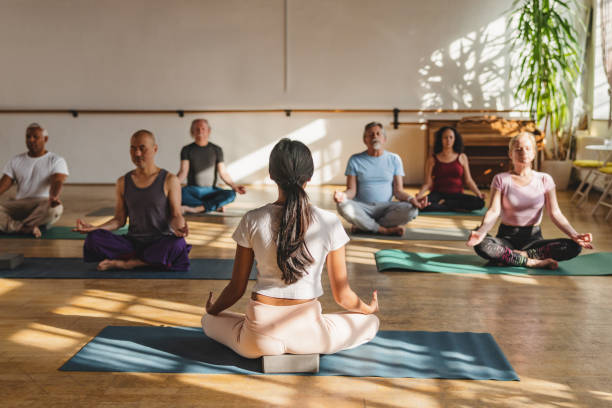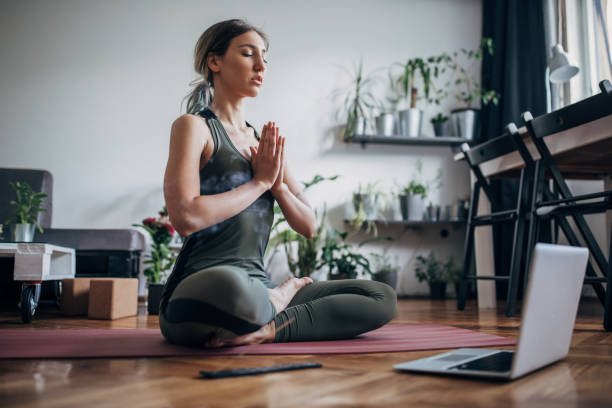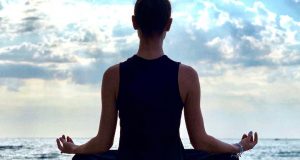In today’s fast-paced world, finding time for deep relaxation and mental clarity can feel nearly impossible, especially for those who are juggling a packed schedule. But what if you could recharge your mind and body in just a few minutes a day? Quick meditation techniques can provide you with a powerful tool to relieve stress, improve focus, and restore balance, all in a fraction of the time it typically takes for a full meditation session. In this article, we’ll explore a quick meditation techniques for busy people.
Best Quick Meditation Techniques for Busy People:
Whether you’re at your desk, commuting, or waiting for a meeting to start, these techniques will help you tap into the mental clarity and emotional calm you need to tackle your day. Start with just a few minutes a day, and see how meditation can fit seamlessly into your busy life—helping you remain calm, centered, and ready to take on whatever comes your way. Below are quick meditation techniques for busy people.
1. Breathing Meditation (5 Minutes):
Breathing meditation is one of the quickest and most effective ways to clear your mind and re-center yourself. It focuses on your breath, which has a direct impact on your emotional and physical well-being. The beauty of this technique is that it can be done anywhere—whether you’re sitting at your desk or standing in line at the grocery store.
The controlled breathing helps activate the parasympathetic nervous system, which is responsible for calming the body and reducing stress. It can quickly reduce feelings of anxiety, promote relaxation, and increase focus. This is one of the quick meditation techniques for busy people.
How to Do It:
- Sit comfortably with your spine straight and shoulders relaxed.
- Close your eyes or softly gaze downwards.
- Begin by taking a deep breath in through your nose, counting to four as you inhale.
- Hold your breath for a moment, then exhale slowly and completely through your mouth, counting to six as you exhale.
- Repeat this process for 5 minutes, focusing on your breath. If your mind wanders, gently bring your attention back to the sensation of the breath entering and leaving your body.
2. Mindful Awareness (2-3 Minutes)
Mindfulness is the practice of bringing your attention fully to the present moment. You don’t need to set aside a lot of time to practice mindfulness; you can integrate it into even the most routine activities. Whether you’re drinking coffee, washing dishes, or walking to your car, you can cultivate mindfulness in as little as a few minutes.
Mindfulness encourages you to detach from racing thoughts and external distractions, anchoring you in the now. By practicing mindful awareness, you train your brain to break free from stress and anxiety, even in the busiest of moments. This is one of the quick meditation techniques for busy people.
How to Do It:
- Pick an activity that you already do regularly (drinking a cup of tea, brushing your teeth, walking to the office).
- As you do this activity, shift your focus entirely to the sensations involved. Notice the smell, taste, temperature, and texture.
- If your mind starts to wander, gently bring your attention back to the present moment. If you’re walking, feel each step, notice the movement of your legs, and the sensation of your feet touching the ground.
3. Body Scan Meditation (5-10 Minutes):

A body scan is a simple and effective technique for quickly reducing stress and releasing tension. By mentally scanning each part of your body from head to toe, you can identify areas of tension and let go of physical and mental strain. This technique is especially helpful if you spend a lot of time hunched over a desk or on your feet.
The body scan promotes deep relaxation by increasing your awareness of the physical sensations in your body. It encourages you to release muscle tension and helps you connect to your body, reducing mental stress. This is one of the quick meditation techniques for busy people.
How to Do It:
- Find a comfortable position, either sitting or lying down.
- Close your eyes and take a deep breath.
- Begin by focusing on the top of your head. Slowly move your attention down to your forehead, face, neck, shoulders, arms, and hands. As you focus on each body part, try to release any tension or tightness you may feel.
- Continue scanning your body all the way down to your toes, pausing at each body part to check for any tension and release it with a slow exhale.
- If you don’t have time to do a full body scan, simply focus on the areas that tend to carry the most tension (e.g., shoulders, jaw, lower back).
4. Gratitude Meditation (5 Minutes):
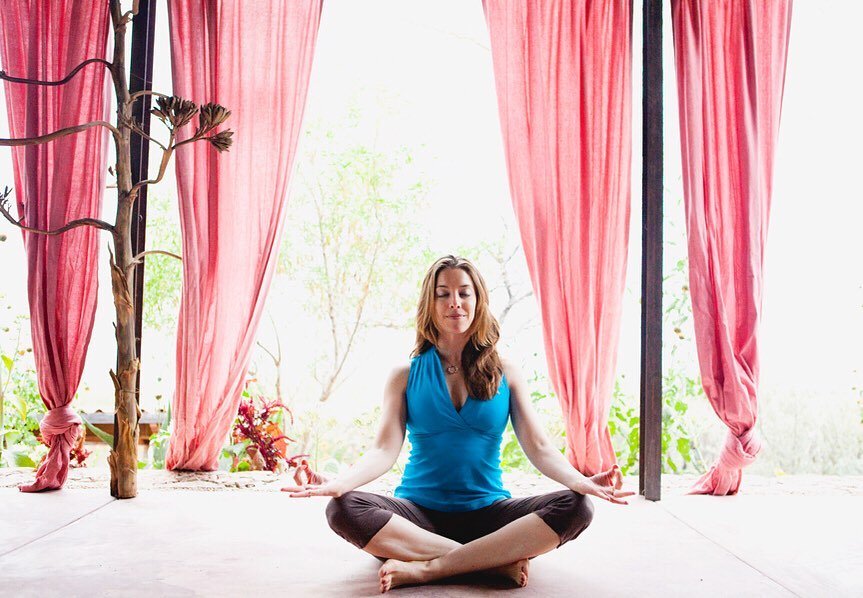
Practicing gratitude is a quick way to shift your focus from what’s stressing you out to what’s going well in your life. A gratitude meditation can help improve your mood, boost resilience, and help you develop a more positive outlook on life.
Gratitude has been shown to reduce stress, increase happiness, and promote overall well-being. By shifting your focus away from negativity, you can reset your emotional state and approach your day with greater calmness and clarity. This is one of the quick meditation techniques for busy people.
How to Do It:
- Find a quiet space where you can sit comfortably.
- Close your eyes and take a few deep breaths to relax.
- Begin by thinking of three things you’re grateful for. They can be big or small—maybe it’s the support of a loved one, the warmth of the sun, or a recent accomplishment.
- As you think about each thing, feel the gratitude in your body. Let it fill you with warmth and appreciation.
- Spend a few moments reflecting on the positive emotions that gratitude brings.
5. Visualization Meditation (3-5 Minutes):

Visualization meditation involves using your imagination to create a mental image of a peaceful place or a positive outcome. This technique helps reduce anxiety and can even help you achieve specific goals by strengthening your sense of focus and motivation.
Visualization can have a profound effect on mental and emotional states. It helps reduce stress and increase feelings of calm and control. Additionally, when you visualize success, you strengthen your confidence and clarity about your goals. This is one of the quick meditation techniques for busy people.
How to Do It:
- Sit or lie down in a comfortable position.
- Close your eyes and take a deep breath.
- Visualize a peaceful scene—perhaps a beach, a mountain top, or a quiet garden.
- Imagine yourself in that place, experiencing the sights, sounds, and smells. Engage all of your senses.
- If you’re using visualization for a goal, picture yourself successfully achieving it—whether it’s acing an exam, landing a big project, or feeling confident in a social situation.
6. Quick Mantra Meditation (3-5 Minutes):
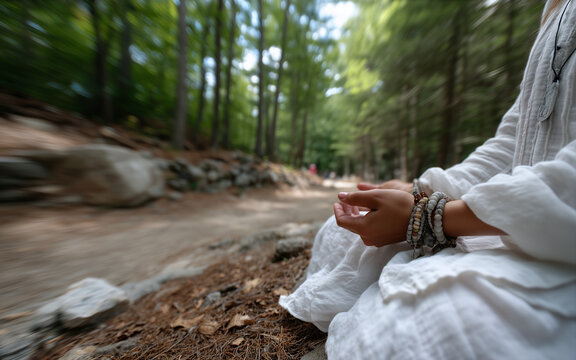
Mantra meditation involves repeating a word, sound, or phrase to help calm the mind and focus your thoughts. It’s a highly effective meditation technique, and you can practice it anytime during the day. The key is to choose a mantra that resonates with you personally, whether it’s a word like “peace,” “breathe,” or even a phrase like “I am calm.”
The repetition of a mantra helps create a sense of calm and focus. It can help you detach from worries or distractions, centering your mind and body in the present moment. Many people find that mantras act like a reset button for their stress levels. This is one of the quick meditation techniques for busy people.
How to Do It:
- Find a comfortable place to sit, close your eyes, and take a deep breath.
- Silently or audibly repeat your mantra, focusing on the sound and vibration of the word as you say it.
- You can choose to repeat your mantra for a set time (e.g., 3-5 minutes) or until you feel your mind start to quiet.
- If your mind wanders, gently bring your focus back to the sound of the mantra.
Conclusion:
Meditation doesn’t have to be a long, time-consuming process. By practicing one or more of these quick meditation techniques, you can enjoy the benefits of mindfulness, relaxation, and focus without disrupting your daily routine. Whether you’re looking for a moment of peace during a busy workday or a tool to help you unwind before bed, these simple practices can make a profound difference in your mental and emotional well-being.

